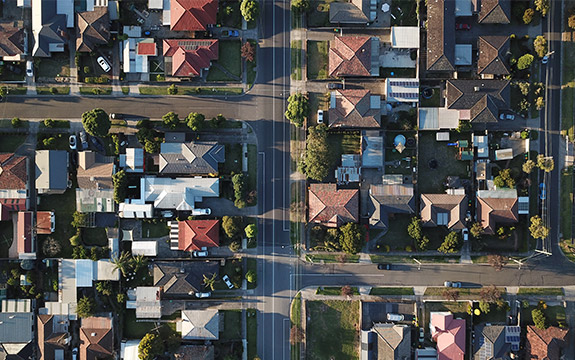
A shortage of affordable and available rental properties for Australia's lowest income households is forcing many into unaffordable rentals.
A shortage of affordable and available private rentals is forcing 80 per cent of very low-income Australians to live in unaffordable rentals, new research released today by the Australian Housing and Urban Research Institute (AHURI) at Swinburne highlights.
The research is the latest in a series of five reports which have identified long term and structural changes in the private rental market in Australia between 1996 and 2016.
Increasing housing shortages
Using data from the latest Census, researchers from Swinburne and the University of Sydney identified a shortage of 305,000 affordable and available rental properties for very low-income households (those in the bottom 20 per cent of Australia's income distribution and earning under $35,000 per year) in 2016. In 2011, the shortage of affordable and available rental properties for this demographic was significantly less at 271,000.
Lead researcher and Swinburne Professor of Housing Studies, Kath Hulse, says the inadequate supply of affordable rental dwellings for these households is a result of longer term changes in the private rental market such as a clustering of rentals at mid-market level and more middle and higher income renters.
"From 2011 to 2016 while there was an increase in privately rented dwellings overall, the market is not supplying enough rental properties for very low-income households if they are to pay no more than 30 per cent of their income in rent."
A shortage of 173,000 affordable and available rental properties also exists for low-income households – those in the bottom 20 to 40 per cent of Australia's income distribution with household incomes up to $61,000 a year. Almost half of affordable rental housing for this group is occupied by higher income households.
Other key findings
The research also identified that in Sydney, between 2011 and 2016, there was an absolute shortage of dwellings that were affordable for low-income households. In other Australian cities there were enough affordable dwellings, but a shortage of availability for low-income households due to households with middle to higher incomes renting them.
"The absolute shortage of dwellings affordable for low-income households in Sydney between 2011 and 2016 is a remarkable change," says Professor Hulse.
"Customised policy development is required to boost affordable rental supply for low-income households in Sydney so they can continue to work in jobs necessary for the effective running of this international city."
"The overall challenge is to develop policies and settings that can lead to a greater supply of lower-rent housing. This challenge is now more urgent in view of our findings."
To view the full report, visit the AHURI website.
Australian Housing and Urban Research Institute
Swinburne is a foundation member of the Australian Housing and Urban Research Institute (AHURI) – a national independent research network with a mission to deliver high-quality research that influences policy development to improve housing and urban outcomes for all Australians.






